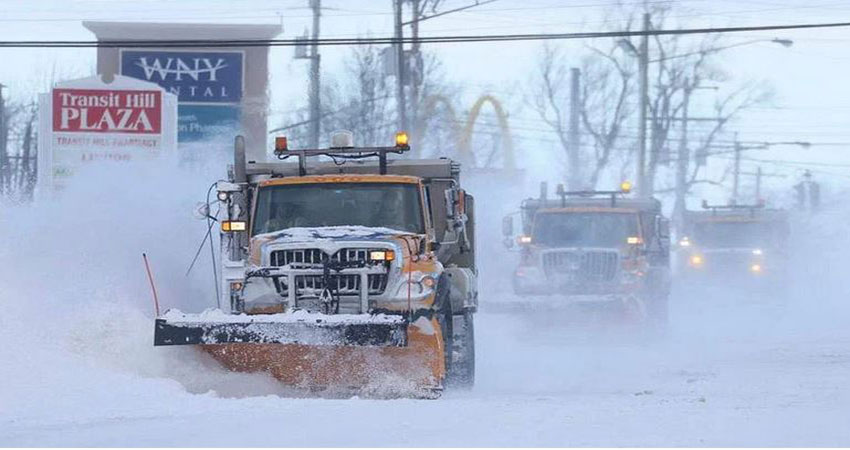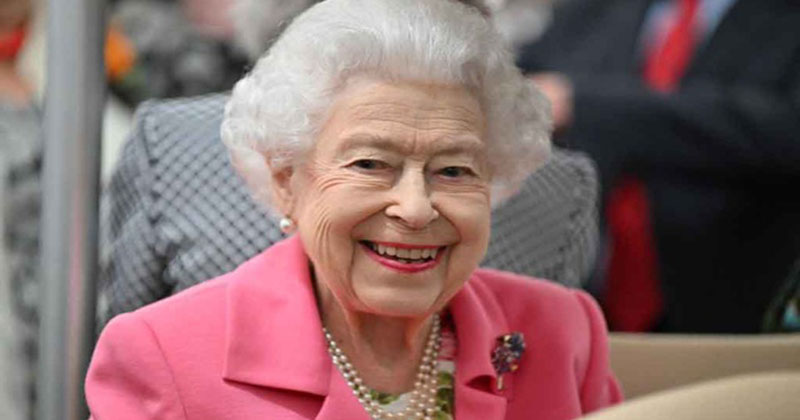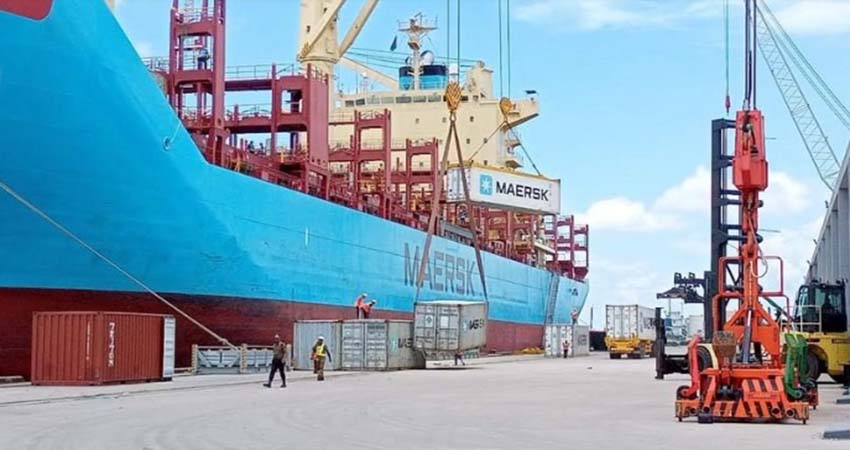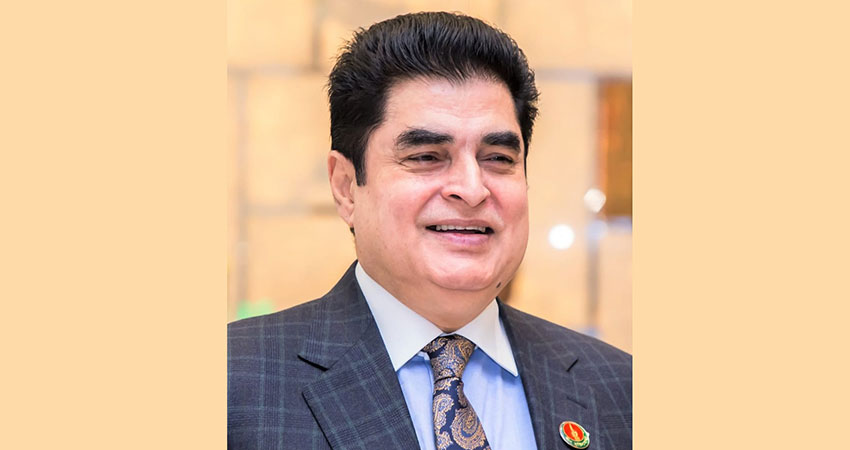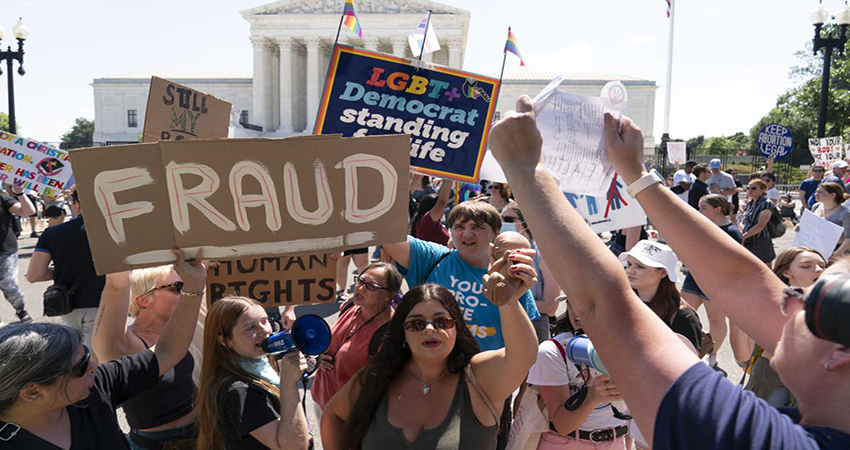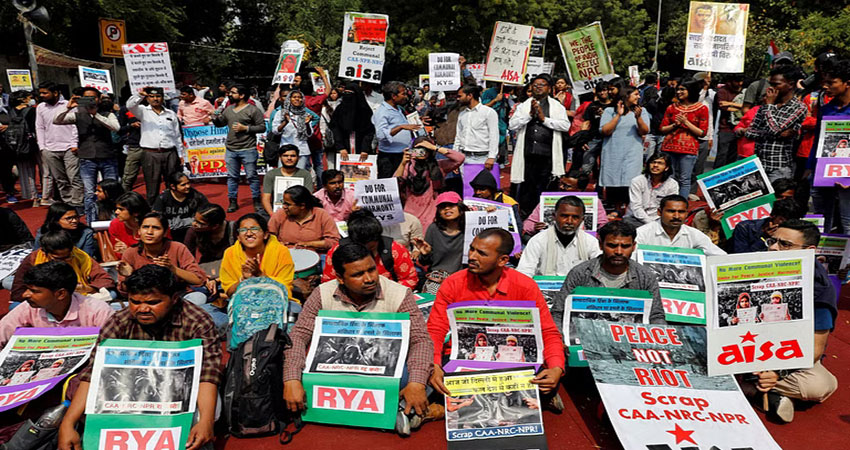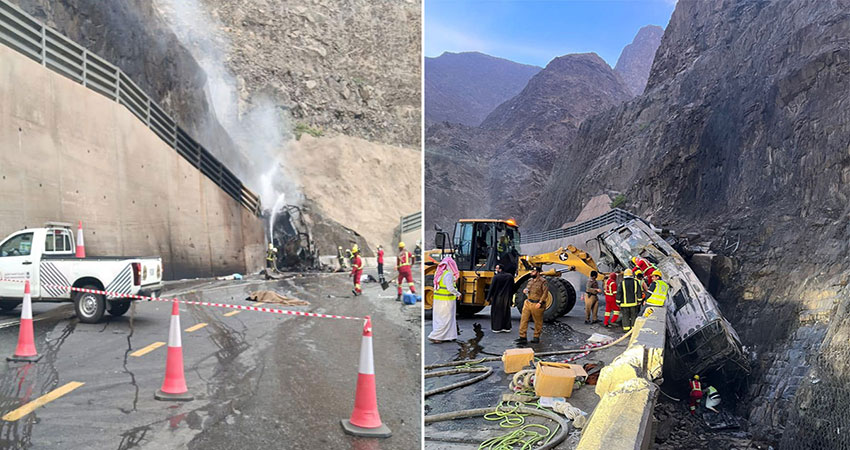A relentless winter storm brought Christmas Day danger and misery to millions of Americans Sunday as intense snow and frigid cold gripped parts of the eastern United States, with weather-related deaths rising to at least 31.
“It is (like) going to a warzone, and the vehicles along the sides of the roads are shocking,” said New York Governor Kathy Hochul, a native of Buffalo, where 2.4m snow drifts and power outages have made for life-threatening conditions.
Mrs Hochul told reporters on Sunday evening that residents were still in the throes of a “very dangerous life-threatening situation” and warned anyone in the area to remain indoors, reports The Straits Times.
A crisis situation was unfolding in Buffalo, in western New York, where a blizzard has left the city marooned, with emergency services unable to reach high impact areas.
More than 200,000 people across several eastern states woke up without power on Christmas morning and many more had their holiday travel plans upended, although the five-day-long storm featuring blizzard conditions and ferocious winds showed signs of easing.
The extreme weather sent wind chill temperatures in all 48 contiguous US states below freezing over the weekend, stranded holiday travellers with thousands of flights canceled and trapped residents in ice- and snow-encrusted homes.
At least 31 weather-related deaths have been confirmed across eight states, with some US media reporting as many as 30 storm-linked fatalities in total, including four in Colorado who likely died of exposure and at least 12 in New York state with officials warning the number would likely rise.
While large swathes of the country have begun shovelling out from the massive storm and temperatures in some locations were returning to seasonal normality, Buffalo remained in the grips of “a major disaster”, a senior official said Sunday.
Officials described historically dangerous conditions in the snow-prone Buffalo region, with hours-long whiteouts and bodies discovered in vehicles and under snow banks as emergency workers struggled to search for those in need of rescue.
The city’s international airport remains closed until Tuesday and a driving ban remained in effect for all of Erie County, where the lake-side metropolis is located.
“We now have what’ll be talked about not just today but for generations (as) the blizzard of ‘22,” Mrs Hochul said, adding that the brutality had surpassed the region’s prior landmark snowstorm of 1977 in “intensity, the longevity, the ferocity of the winds”.
Due to frozen electric substations, some residents were not expected to regain power until Tuesday, with one frozen substation reportedly buried under 18 feet of snow, a senior county official said.
Governor Hochul deployed some 200 National Guard members to help with rescues in and around Buffalo.
“It is extreme, it is dangerous and deadly,” she told CNN, noting that even National Guard units were getting trapped and requiring rescue.
‘Conditions are just so bad’
The National Weather Service warned that blizzard conditions in western New York’s Great Lakes region caused by lake-effect snow was continuing Sunday, with “additional snow accumulations of 2 to 3 feet through tonight.”
One couple in Buffalo, across the border from Canada, told AFP Saturday that with the roads completely impassible, they would not be making a 10-minute drive to see their family for Christmas.
“It’s tough because the conditions are just so bad... a lot of fire departments aren’t even sending out trucks for calls,” said 40-year-old Rebecca Bortolin.
A broader travel nightmare was in full effect for millions.
The storm, one of the fiercest in decades, forced the cancellation of more than 1,700 US flights on Sunday, in addition to some 3,500 scrapped Saturday and nearly 6,000 Friday, according to tracking website Flightaware.com.
Transportation Secretary Pete Buttigieg tweeted Saturday that “the most extreme disruptions are behind us as airline and airport operations gradually recover.”
But travellers remained stranded or delayed at airports including in Atlanta, Chicago, Denver, Detroit and New York.
Road ice and white-out conditions also led to the temporary closure of some of the nation’s busiest transport routes, including the cross-country Interstate 70.
Drivers were being warned not to take to the roads – even as the nation reached what is usually its busiest time of year for travel.
The extreme weather has severely taxed electricity grids, with multiple power providers urging millions of people to reduce usage to minimize rolling blackouts in places like North Carolina and Tennessee.
At one point on Saturday, nearly 1.7 million customers were without electricity in the biting cold, according to tracker poweroutage.us.
The figure dropped substantially by Sunday, although some 180,000 customers in eastern states still lacked power.
In British Columbia, Canada, a Saturday bus rollover believed to be caused by icy roads left four people dead and sent 53 to the hospital, including two still in critical condition early Sunday.
Hundreds of thousands were meanwhile left without power in Ontario and Quebec. Many flights were cancelled in major cities and train passenger service between Toronto and Ottawa was suspended.
US blizzard death toll climbs to 31, causes power outages, travel snarls
